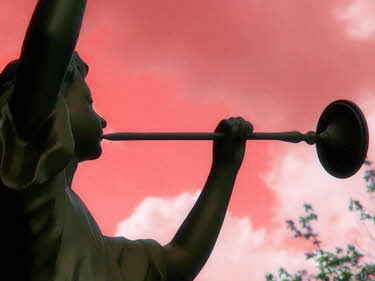What is a Catholic Solemnity?
Information about this highest level feast
In the Catholic Church year, a solemnity is the highest ranking, and therefore generally most important, holy day in the Church calendar (feast and memorial are lesser holidays).
The name itself comes from the Latin word for "festival." Consequently, the Church reserves solemnities for the commemoration of the most important events in the life of Jesus and the saints. This includes, but isn't limited to, all the days in the octave of Easter, Christmas, and the Assumption of Mary into heaven.
 Although a solemnity is an important day for Catholics, Catholics are not necessarily required to attend Mass each time one falls on the calendar. Days when Mass attendance is required are called "holy days of obligation." Most holy days of obligation, chosen by a country's Catholic bishops, are solemnities, but not all solemnities are holy days of obligation. The universal calendar, or Roman calendar, assigns the rank of solemnity to a certain number of days. However, regions and religious orders may take a feast or memorial and make it a solemnity, such as St. Patrick's Day in Ireland and St. Francis's day for Franciscans.
Although a solemnity is an important day for Catholics, Catholics are not necessarily required to attend Mass each time one falls on the calendar. Days when Mass attendance is required are called "holy days of obligation." Most holy days of obligation, chosen by a country's Catholic bishops, are solemnities, but not all solemnities are holy days of obligation. The universal calendar, or Roman calendar, assigns the rank of solemnity to a certain number of days. However, regions and religious orders may take a feast or memorial and make it a solemnity, such as St. Patrick's Day in Ireland and St. Francis's day for Franciscans.
The following are solemnities in the Roman Calendar: Mary, Mother of God, Epiphany, St. Joseph, Annunciation, Easter, Ascension, Pentecost, Trinity Sunday, Corpus Christi, Sacred Heart, Nativity of St. John the Baptist, St. Peter and Paul, Assumption of Mary, All Saints, Christ the King, Immaculate Conception of Mary, and Christmas.
However, because of local calendar variations, be sure to check the websites of regional bishops or religious orders to find out if your area or order accords another day solemnity status.
Written by David Bennett
Updated 08-08-2018